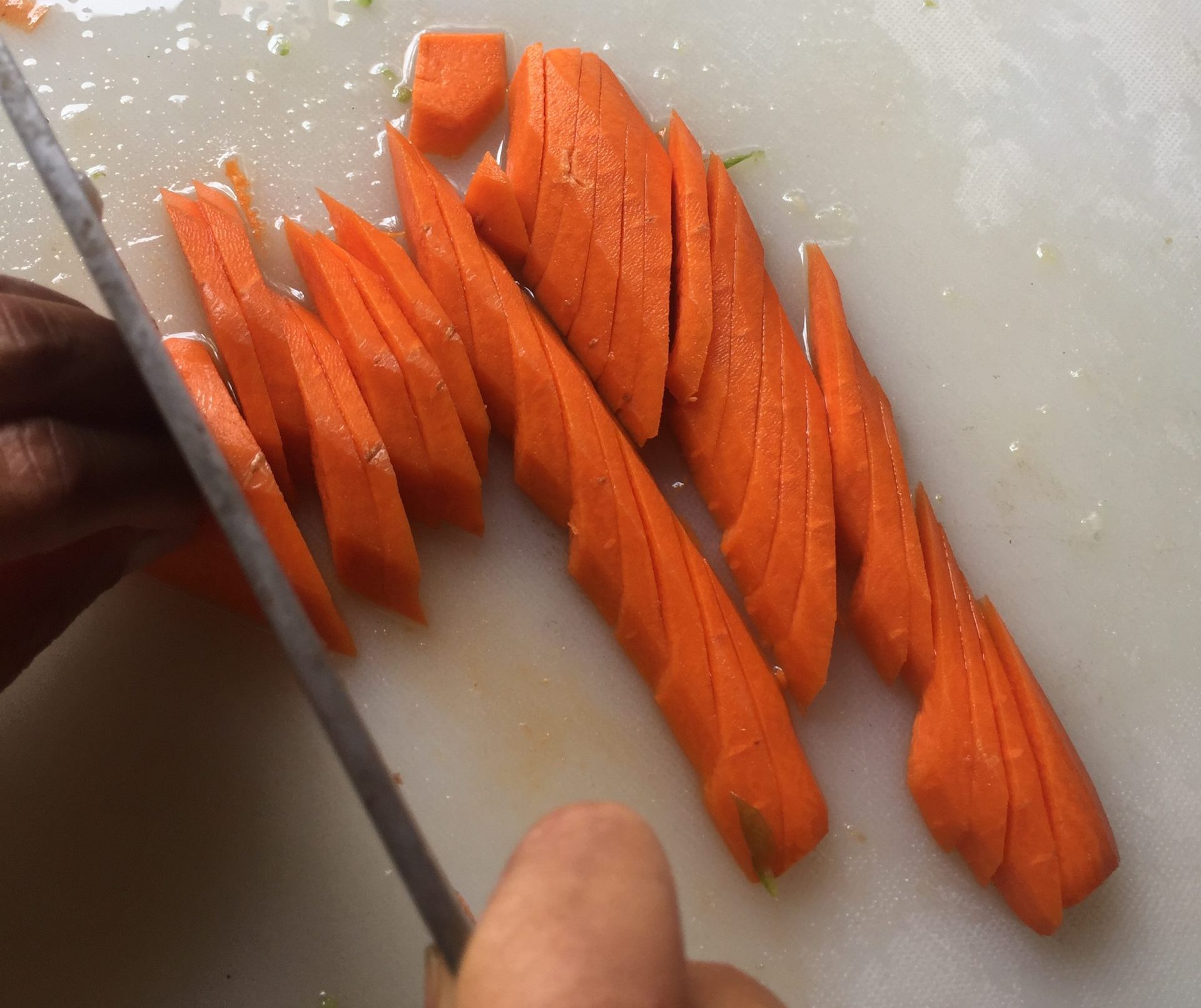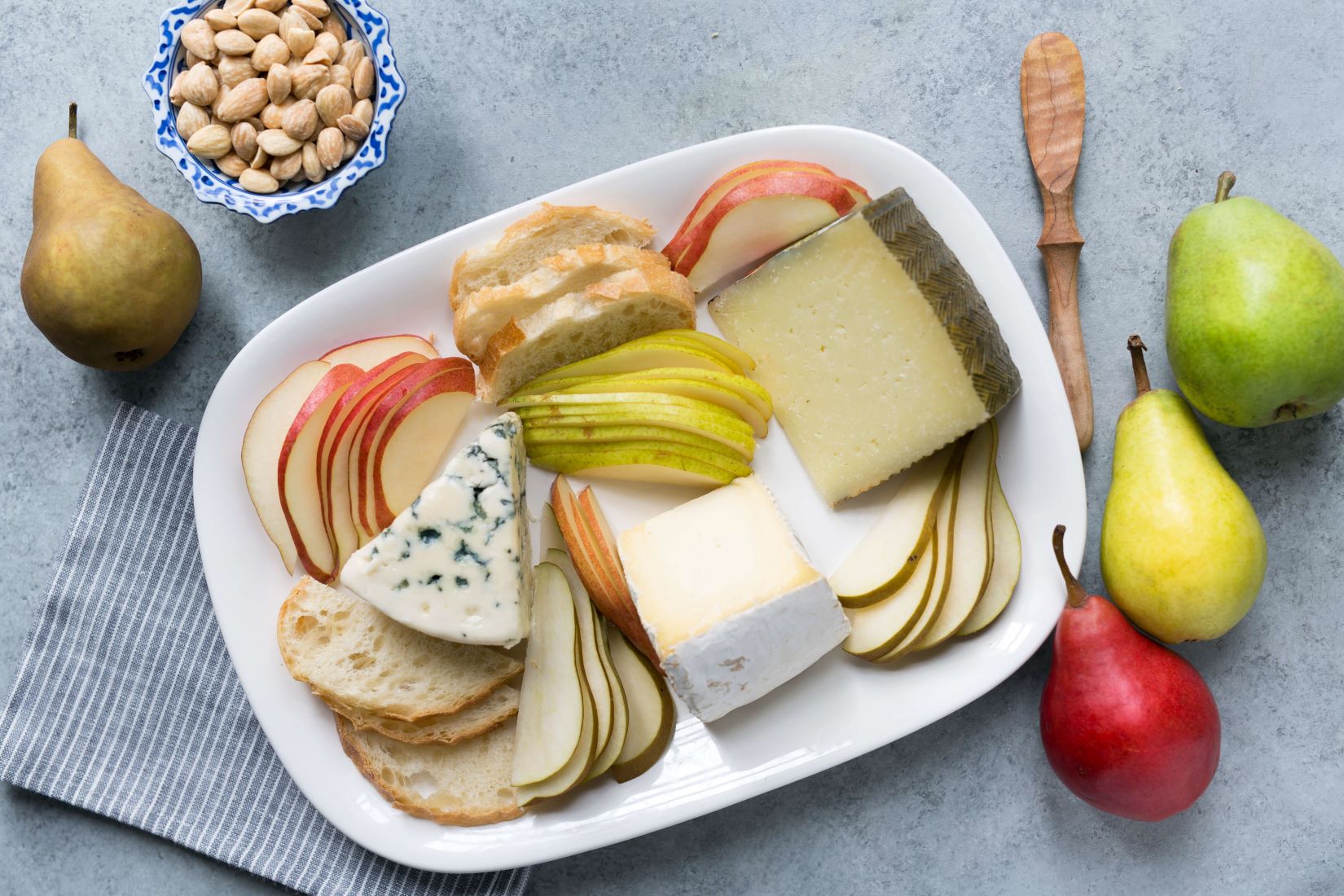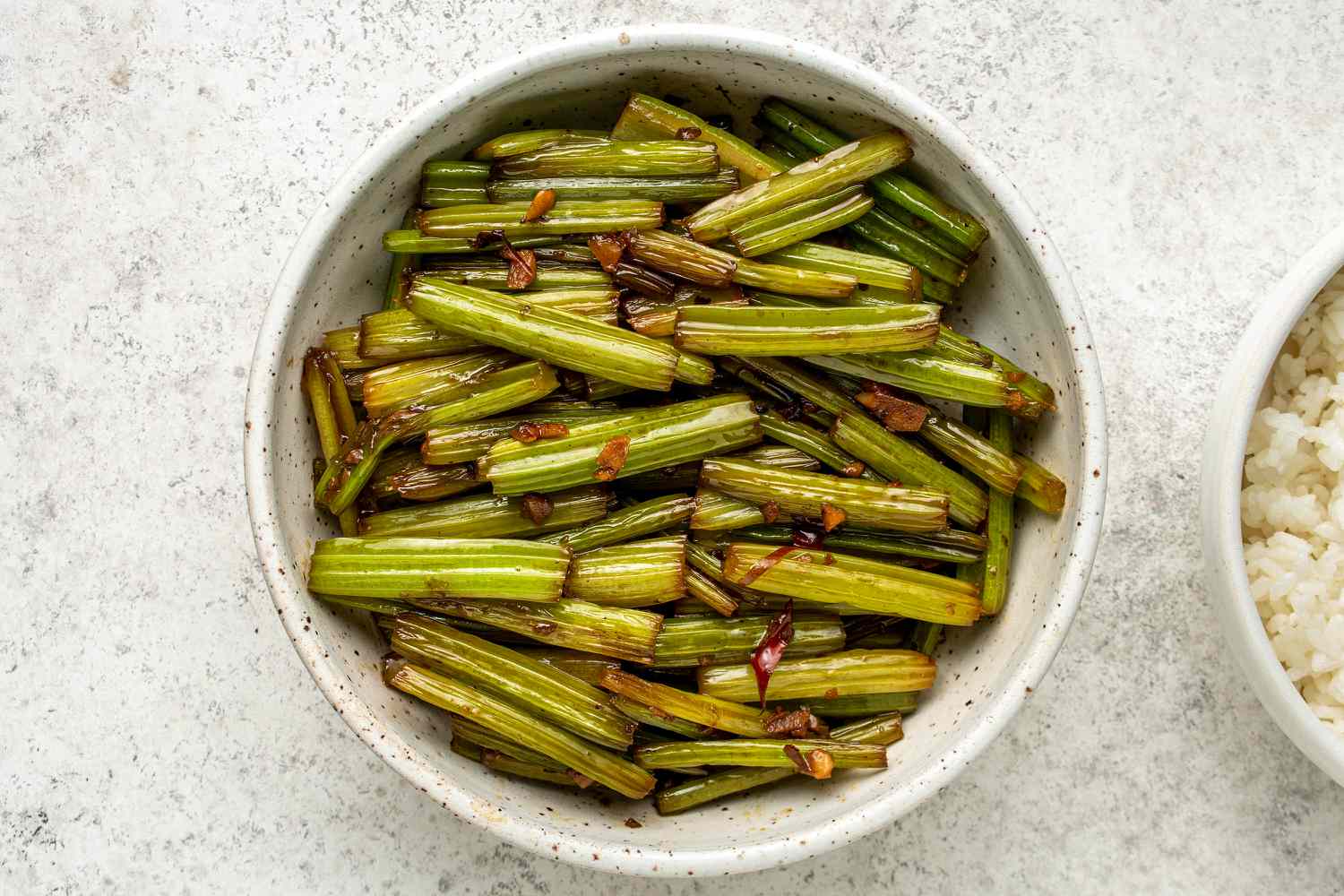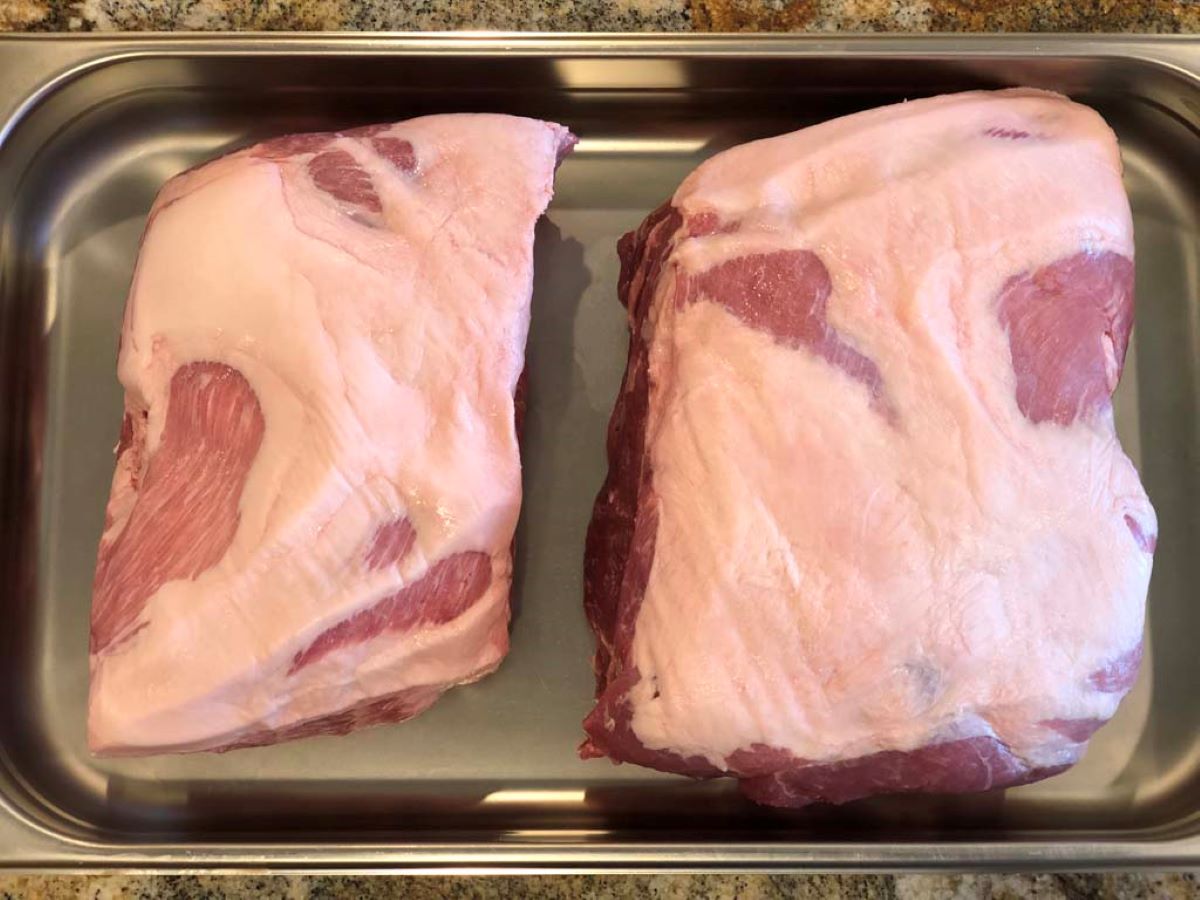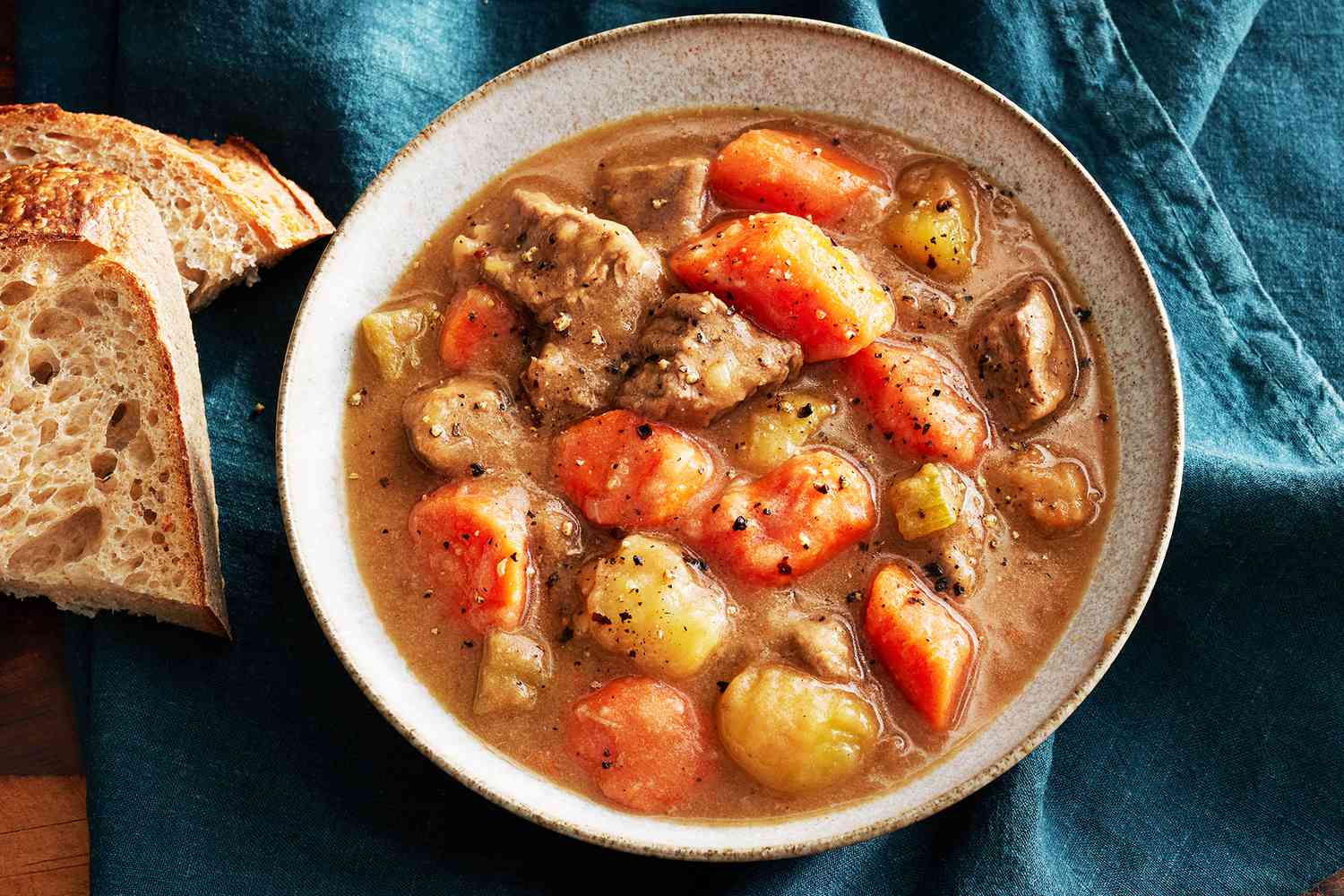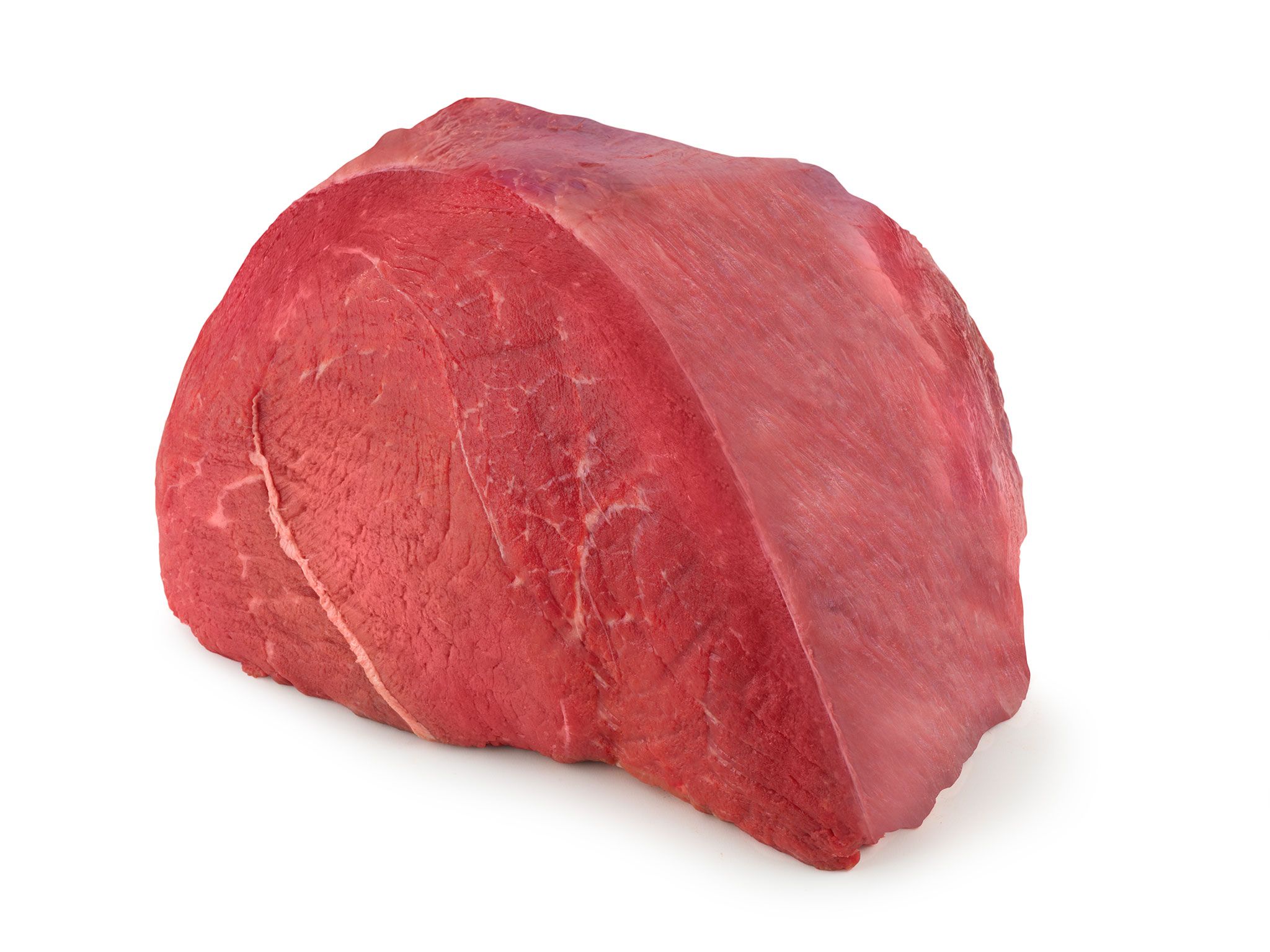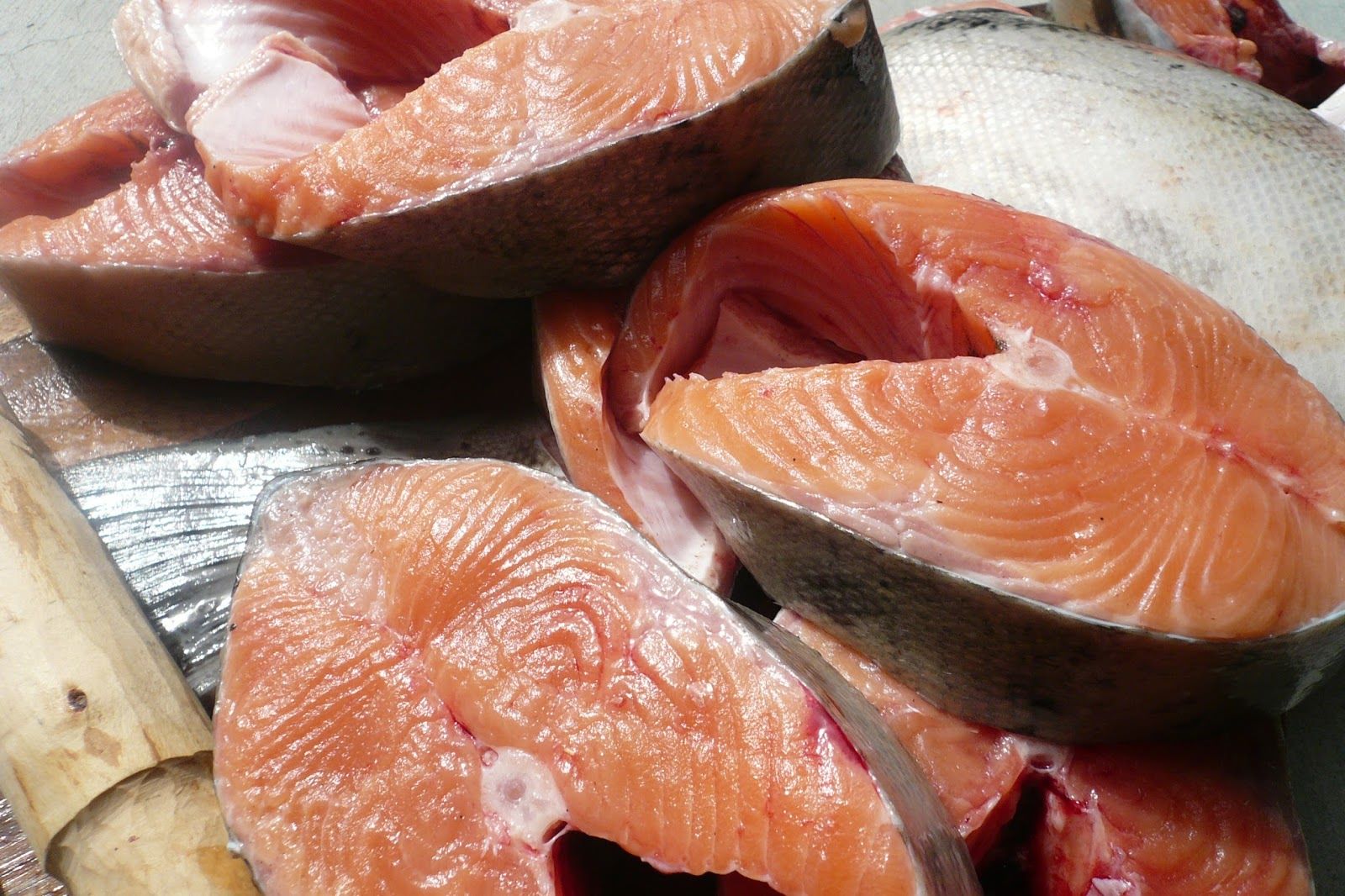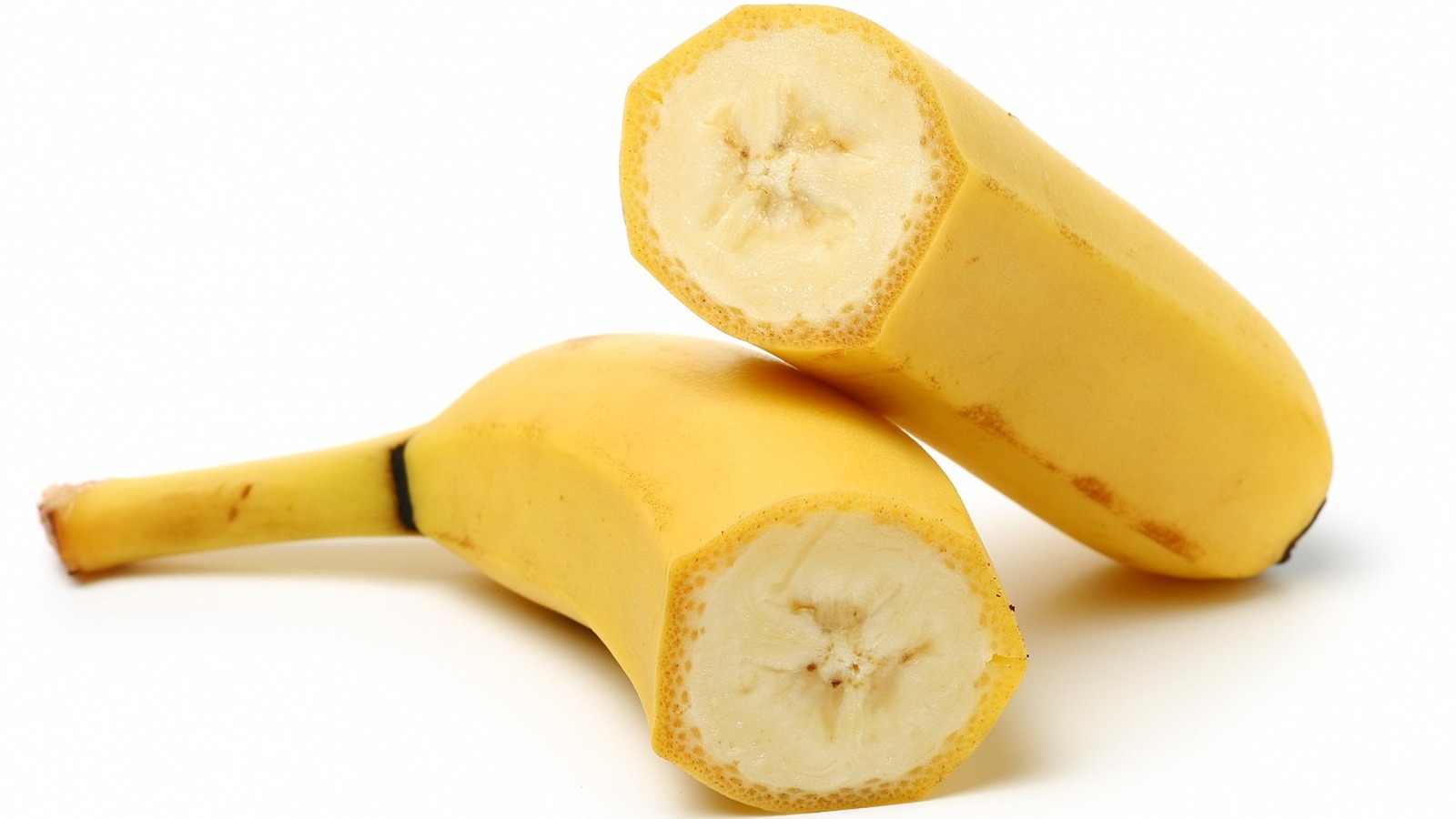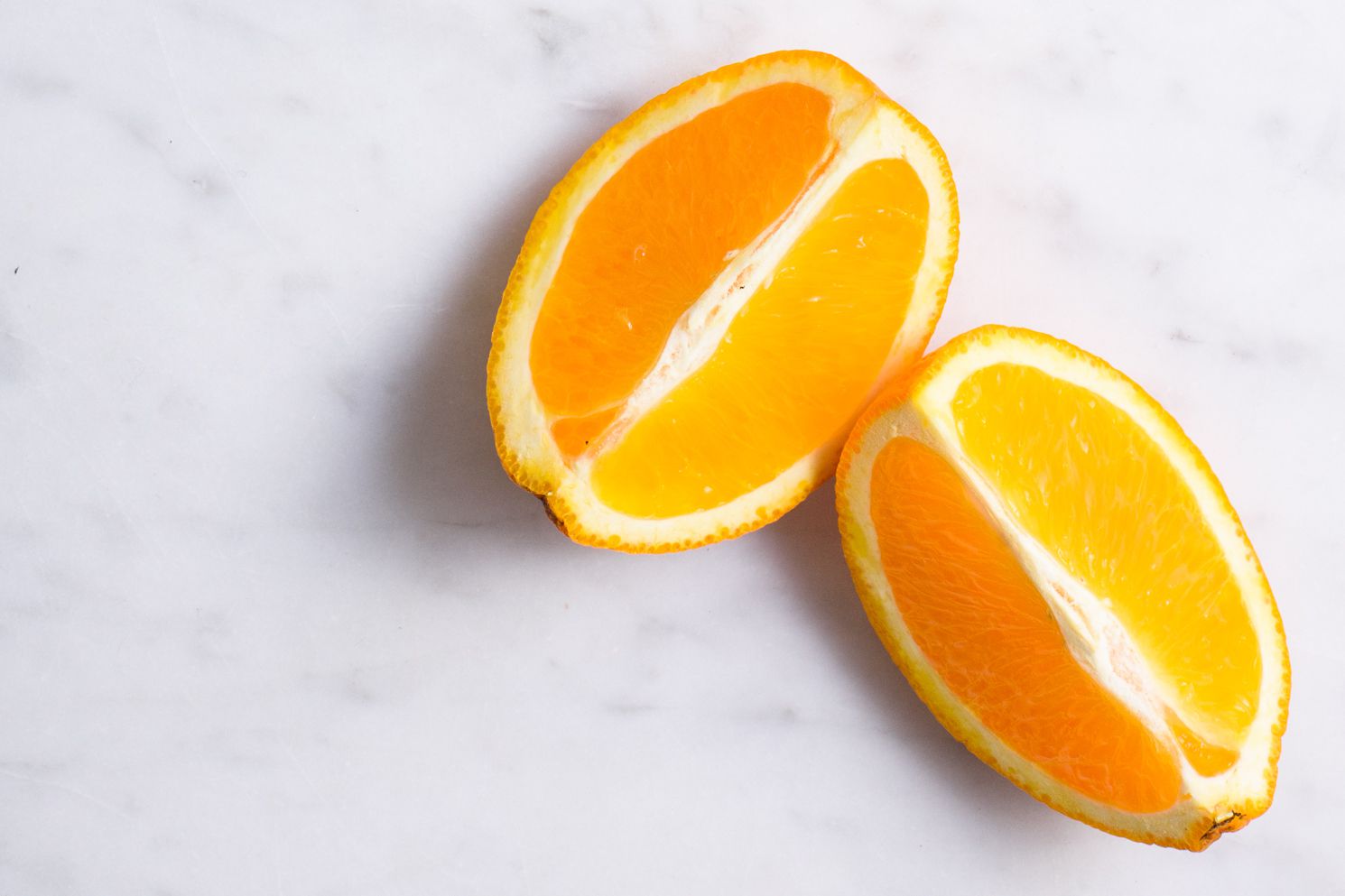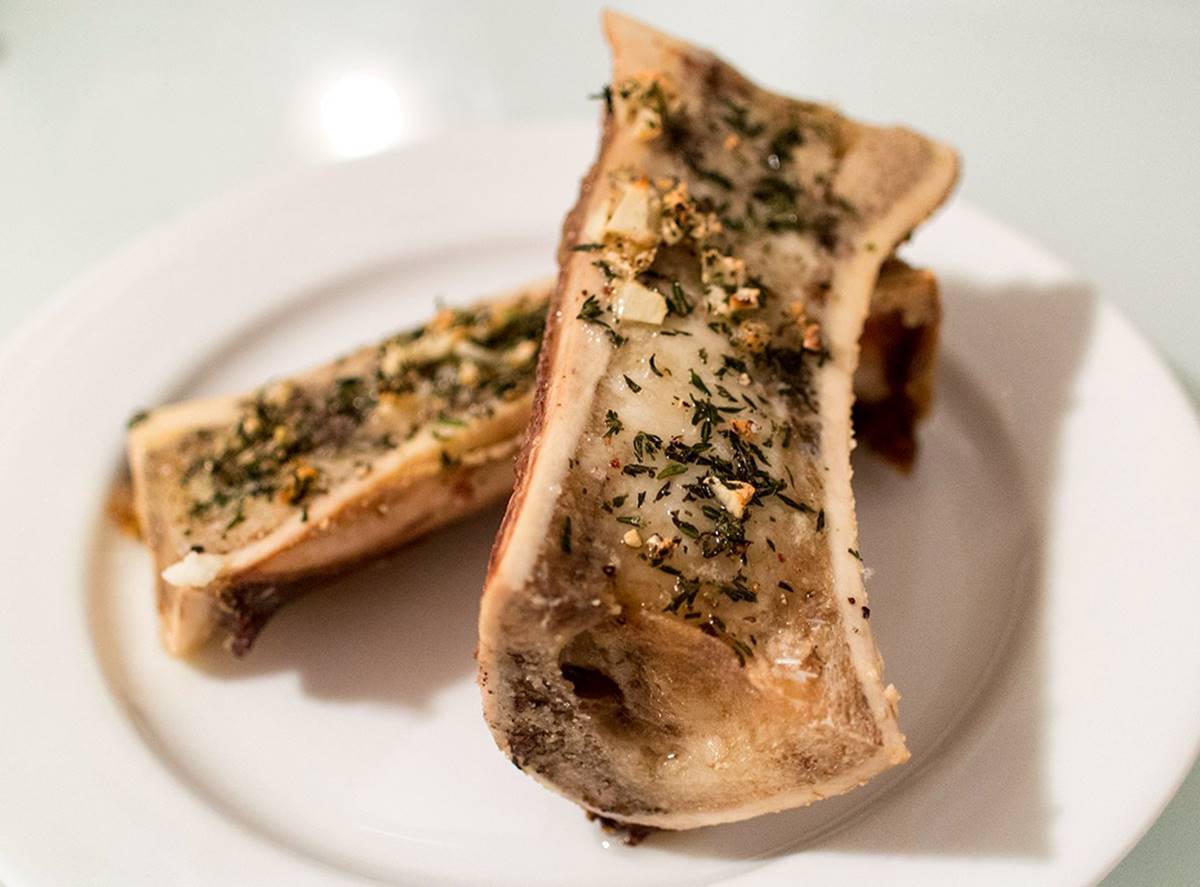Cutting a Cornish hen might seem tricky at first, but with the right approach, anyone can master this task. These small birds, perfect for individual servings, require a bit of finesse and a sharp knife. Start by placing your hen breast-side down on a cutting board. Using kitchen shears or a knife, cut along each side of the backbone to remove it. Next, flip the bird over and press down firmly on the breastbone to flatten it. Finally, separate the hen into halves by slicing down the center of the breast. With practice, preparing a Cornish hen for cooking becomes a simple, rewarding skill.
Essential Ingredients for Your Cornish Hen
- Cornish hen
- Sharp chef's knife or kitchen shears
- Cutting board
- Paper towels
Must-Have Tools for Cutting a Cornish Hen
- Sharp Chef’s Knife
- Cutting Board
- Kitchen Shears
- Meat Thermometer
- Roasting Pan
Cutting a Cornish hen starts with slicing down the breastbone. Next, separate the halves by cutting through the backbone. Finally, remove wings and legs at joints for individual portions.
The Importance of Cutting a Cornish Hen
Cutting a Cornish hen properly ensures even cooking and presentation. This process begins with kitchen shears or a sharp knife to split the hen along the backbone. Next, flipping the bird over and pressing down on the breastbone flattens it, making it easier to cook thoroughly and serve elegantly.
Understanding the anatomy of a Cornish hen aids in achieving precise cuts. Removing the backbone and slicing through the breastbone allows for a technique called "spatchcocking." This method enhances flavor absorption and reduces cooking time, providing a succulent meal that's visually appealing and delicious.
Your Step-by-Step Guide to Cutting
Step 1: Prepare Your Workstation
- Clean your cutting board and ensure it's stable.
- Have a sharp chef's knife or poultry shears ready.
- Rinse the Cornish hen under cold water, then pat dry with paper towels.
Step 2: Remove the Backbone
- Place the Cornish hen breast-side down on the cutting board.
- Using your knife or poultry shears, cut along one side of the backbone from the tail to the neck.
- Repeat on the other side of the backbone and remove it. Discard or save for stock.
Step 3: Open and Flatten
- Open the hen like a book by spreading it apart where you removed the backbone.
- Flip the hen over so it's breast-side up.
- Firmly press down on the breastbone until you hear a crack and the hen lies flat.
Step 4: Remove the Breastbone (Optional)
- Locate the breastbone in the center of the breast.
- Make a small cut along one side of the breastbone.
- Carefully work your knife or fingers under the bone, then pull it out and discard.
Step 5: Separate the Legs and Thighs
- Find the joint connecting the leg to the body.
- Cut through the joint to separate the leg and thigh from the body.
- Repeat on the other side.
Step 6: Separate the Drumsticks and Thighs
- Locate the joint that connects the drumstick to the thigh.
- Cut through this joint to separate them.
- Repeat for the other leg.
Step 7: Remove the Wings
- Find the joint connecting the wing to the body.
- Cut through the joint to remove the wing.
- Repeat on the other side.
Step 8: Cut the Breast in Half
- Place the breast skin-side up on the cutting board.
- Slice down the middle to create two equal halves.
Step 9: Trim Excess Fat and Skin
- Look over each piece for any excess fat or skin.
- Trim as needed for a cleaner presentation.
Step 10: Clean Up
- Wash your hands, utensils, and work surface thoroughly with hot, soapy water to prevent cross-contamination.
Mastering the Art of Cornish Hen Preparation
Cutting a Cornish hen might seem like a daunting task at first, but with the right technique and a bit of practice, you'll find it's quite straightforward. Remember, starting with a sharp knife and a stable cutting board is key to making precise cuts. By following the steps outlined—removing the backbone, splitting the hen, and optionally cutting into quarters—you'll ensure your Cornish hen cooks evenly and presents beautifully on any plate. Whether you're preparing a cozy dinner for two or a special meal for guests, mastering this skill will add a touch of elegance to your culinary repertoire. So, don't hesitate to give it a try; with each hen you cut, you'll hone your skills and impress your diners with both your technique and the delicious results.
For those looking to put their newfound skills to the test, there are a variety of recipes to try. The Herb-Roasted Cornish Hen is a great starting point, offering a fragrant and delicious introduction. For something with a sweet and savory twist, the Honey-Garlic Grilled Cornish Hen adds a delightful caramelized crust. The Lemon-Garlic Spatchcocked Cornish Hen is perfect for those wanting a zesty and quicker-cooking option. Adventurous cooks will find the Asian-Style Marinated Cornish Hen and Moroccan-Spiced Cornish Hen particularly rewarding, each delivering a unique burst of flavor. For a comforting meal, the Stuffed Cornish Hen with Wild Rice is hearty and satisfying. Finally, the Cornish Hen with Apricot Glaze offers a beautiful blend of sweet and tangy, making it a perfect dish for special occasions.
All Your Questions Answered
How do I properly thaw a Cornish hen before cutting it?
To thaw your Cornish hen, transfer it from the freezer to the fridge and let it sit for about 24 hours. This slow process ensures the meat thaws evenly, keeping it juicy and tender. If you're short on time, you can also submerge the bird in cold water, changing the water every 30 minutes until it's fully thawed. Just remember, never thaw poultry at room temperature, as this can lead to bacterial growth.
What tools do I need to cut a Cornish hen?
A sharp chef's knife or poultry shears are your best friends here. A cutting board with a groove for catching juices will also make your life easier and keep your kitchen cleaner. Make sure your tools are well-maintained and clean to ensure a smooth cutting process.
How do I remove the backbone of the Cornish hen?
Start by placing your Cornish hen breast-side down on your cutting board. Using your chef's knife or poultry shears, cut along both sides of the backbone from the tail to the neck. You'll want to apply firm pressure and make decisive cuts. Once removed, you can either discard the backbone or save it for making stock.
Can I spatchcock a Cornish hen, and how?
Absolutely! After removing the backbone, flip the bird so it's breast-side up. Press down firmly on the breastbone until you hear a crack. This flattens the hen, allowing for more even cooking. Spatchcocking is a fantastic way to prepare your hen for grilling or roasting.
What's the best way to quarter a Cornish hen?
Once you've got your hen flattened, you'll want to cut it into quarters. Start by slicing down the middle of the breast, separating it into two halves. Then, cut through the joint where the thigh meets the backbone portion (you've already removed the actual backbone). This gives you four pieces: two breast halves, each with a wing, and two thigh/drumstick portions.
How do I ensure I'm cutting safely?
Always use a sharp knife, as dull blades can slip and cause injury. Keep your fingers tucked away from the blade's path by using a claw grip on the food. Also, ensure your cutting board is stable. Placing a damp towel underneath can prevent it from moving around.
Any tips for preserving the juiciness of the meat while cutting?
Sure thing! First off, make sure your Cornish hen is fully thawed and at a cool room temperature before you start cutting. Cold meat cuts more cleanly, resulting in less juice loss. Also, once you've cut your hen, let it rest before cooking. This allows the juices to redistribute, ensuring your meat stays moist and flavorful.
Was this page helpful?
Read Next: How To Cut A Lobster Tail In Half
